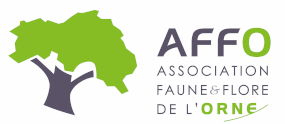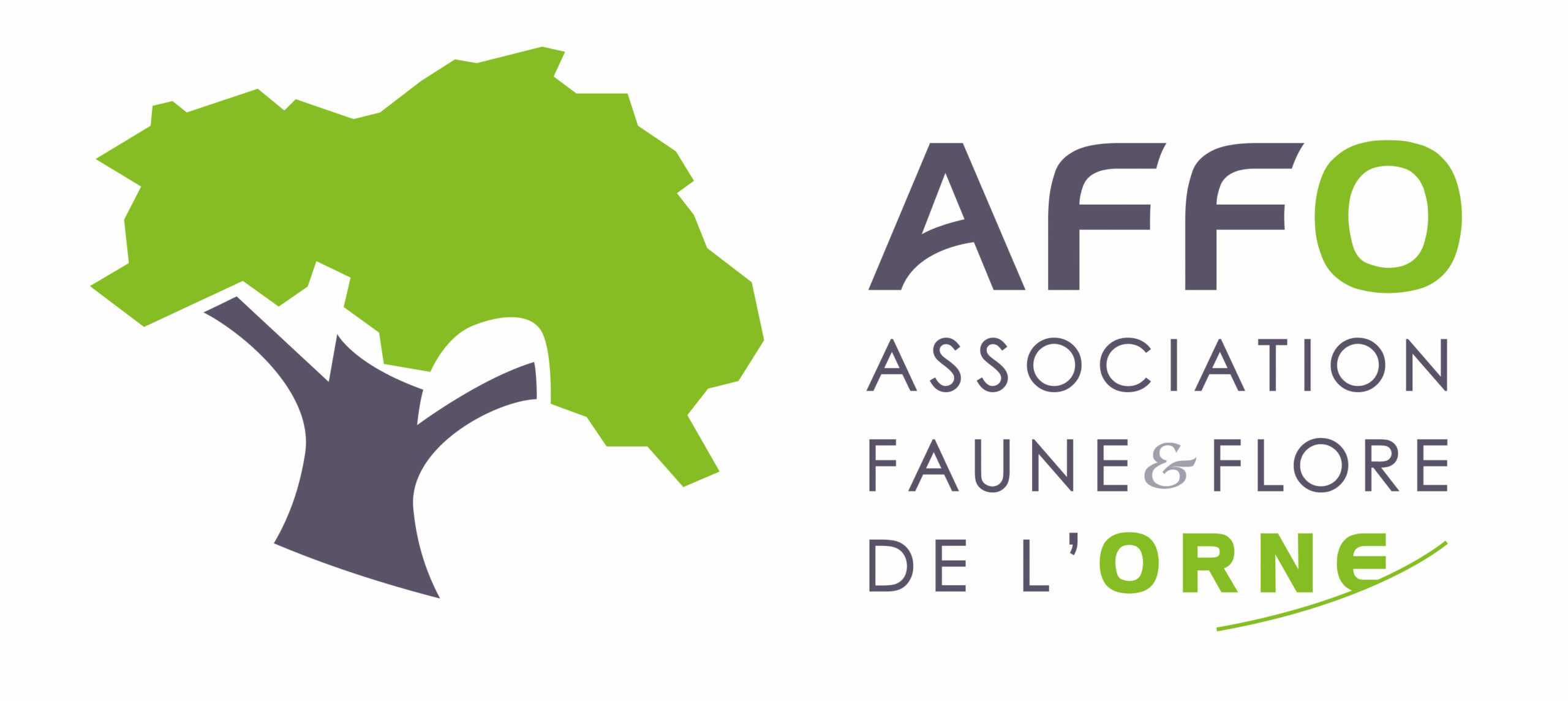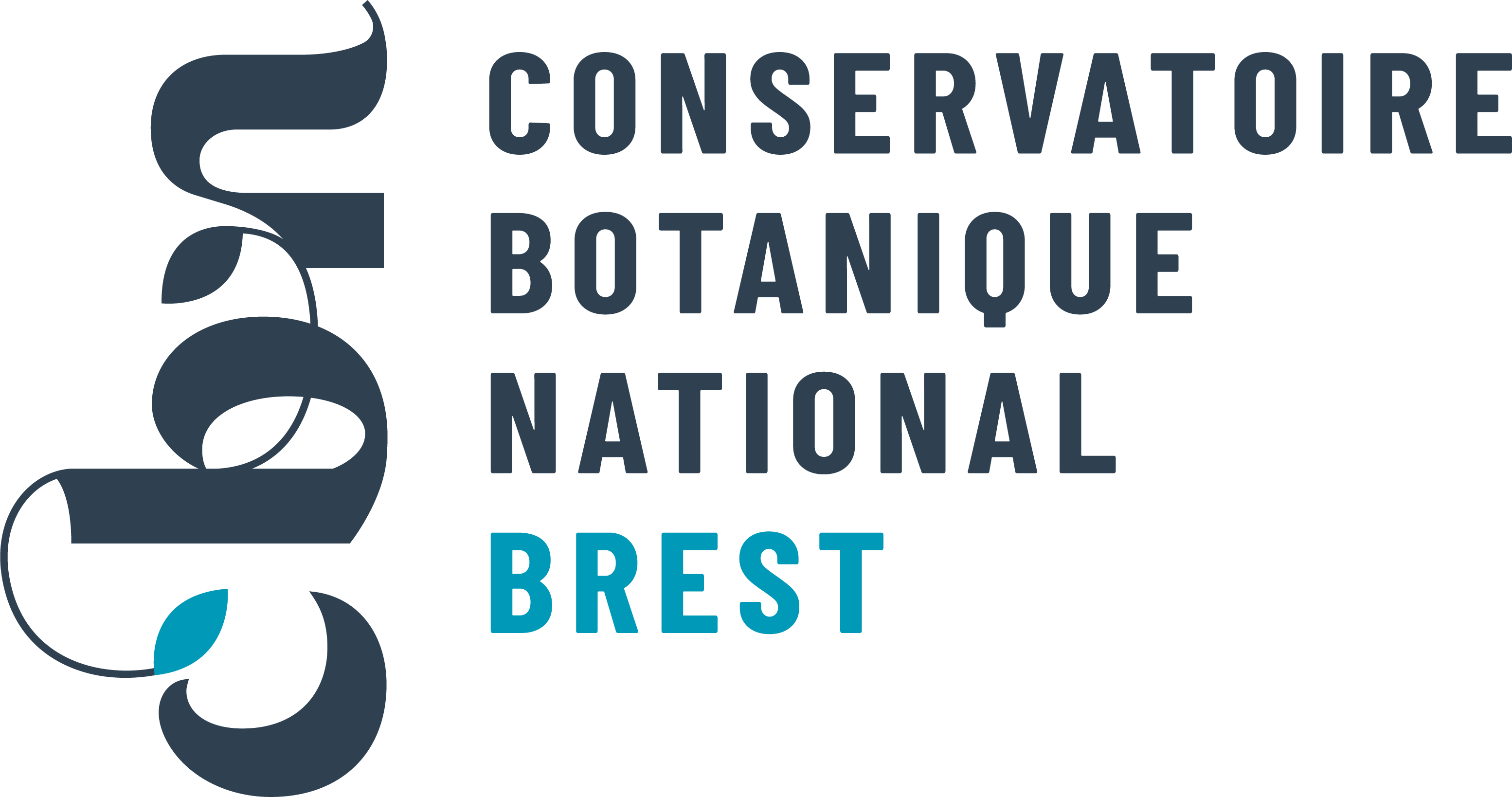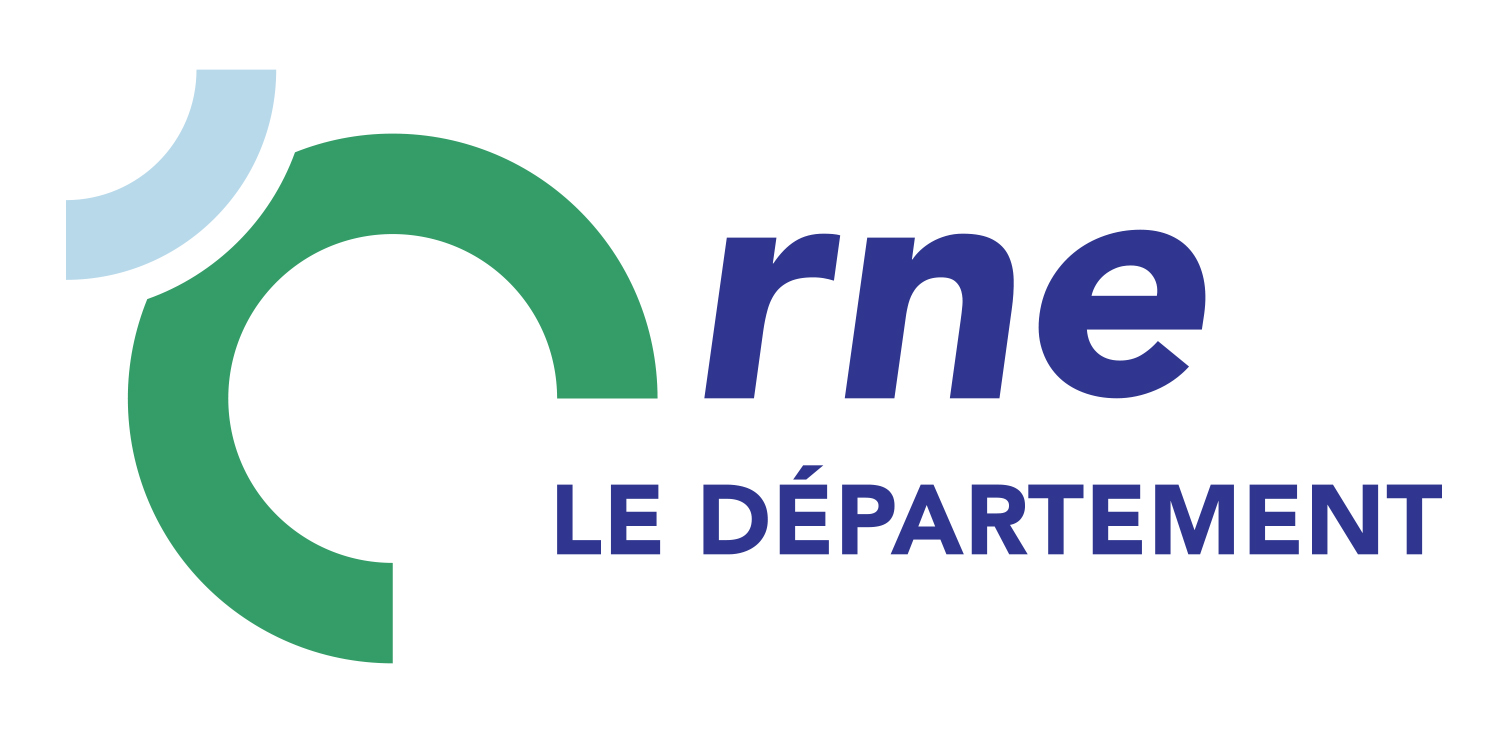Lysimaque commune
Lysimachia vulgaris L., 1753
Où cette espèce a-t-elle été observée ?
 Attention : cette espèce peut être présente où il n’y a pas de maille, mais à ce jour elle n’y a pas encore été observée.
Attention : cette espèce peut être présente où il n’y a pas de maille, mais à ce jour elle n’y a pas encore été observée.
- 445 observations
-
82
communes -
64
observateurs
12
organismes -
Première observation
1900 -
Dernière observation
2025
Appenai-sous-Bellême - Arcisses - Argenvilliers - Authon-du-Perche - Bazoches-sur-Hoëne - Beaulieu - Beaumont-les-Autels - Belforêt-en-Perche - Belhomert-Guéhouville - Bellavilliers - Béthonvilliers - Bizou - Bonsmoulins - Bretoncelles - Champrond-en-Gâtine - Chapelle-Guillaume - Chapelle-Royale - Charbonnières - Charencey - Chassant - Chemilli - Comblot - Coulimer - Cour-Maugis sur Huisne - Digny - Feings - Fontaine-Simon - Igé - Irai - La Bazoche-Gouet - La Chapelle-Fortin - La Croix-du-Perche - La Ferté-Vidame - La Gaudaine - La Loupe - La Madeleine-Bouvet - La Mesnière - La Puisaye - La Saucelle - La Ventrouze - Le Mage - Le Pin-la-Garenne - Les Aspres - Les Autels-Villevillon - Les Genettes - Les Menus - Les Ressuintes - L'Hôme-Chamondot - Longny les Villages - Louvilliers-lès-Perche - Luigny - Manou - Miermaigne - Montgaudry - Montireau - Moutiers-au-Perche - Nogent-le-Rotrou - Perche en Nocé - Pervenchères - Rohaire - Sablons sur Huisne - Saint-Aquilin-de-Corbion - Saint-Aubin-de-Courteraie - Saint-Germain-de-la-Coudre - Saint-Germain-des-Grois - Saint-Hilaire-le-Châtel - Saint-Hilaire-sur-Erre - Saintigny - Saint-Jouin-de-Blavou - Saint-Langis-lès-Mortagne - Saint-Mard-de-Réno - Saint-Martin-du-Vieux-Bellême - Saint-Victor-de-Buthon - Senonches - Soligny-la-Trappe - Souancé-au-Perche - Thiron-Gardais - Tourouvre au Perche - Trizay-Coutretot-Saint-Serge - Val-au-Perche - Vaupillon - Vichères
-
Association Faune & Flore de l'Orne (AFFO)
Participation à 170 Observations
Part d'aide à la prospection : 38.20 %
Fiche organisme
-
Conservatoire Botanique National de Brest (CBNB)
Participation à 128 Observations
Part d'aide à la prospection : 28.76 %
Fiche organisme
-
Conservatoire botanique national du Bassin parisien (CBNBP)
Participation à 111 Observations
Part d'aide à la prospection : 24.94 %
Fiche organisme
-
PNR du Perche
Participation à 110 Observations
Part d'aide à la prospection : 24.72 %
Fiche organisme
-
PNR et géoparc mondial UNESCO Normandie-Maine
Participation à 102 Observations
Part d'aide à la prospection : 22.92 %
Fiche organisme
-
Conseil départemental de l'Orne (bureau ENS)
Participation à 20 Observations
Part d'aide à la prospection : 4.49 %
Fiche organisme
-
UMS PatriNat (OFB-CNRS-MNHN)
Participation à 16 Observations
Part d'aide à la prospection : 3.60 %
Fiche organisme
-
Institut floristique franco-belge (IFFB)
Participation à 13 Observations
Part d'aide à la prospection : 2.92 %
Fiche organisme
-
Ministère de la Transition écologique et de la Cohésion des territoires
Participation à 7 Observations
Part d'aide à la prospection : 1.57 %
Fiche organisme
-
Institut national de l'information géographique et forestière (IGN)
Participation à 3 Observations
Part d'aide à la prospection : 0.67 %
Fiche organisme
-
Système mondial d’information sur la biodiversité (GBIF)
Participation à 1 Observation
Part d'aide à la prospection : 0.22 %
Fiche organisme
-
Office national des forêts (ONF)
Participation à 1 Observation
Part d'aide à la prospection : 0.22 %
Fiche organisme
Informations espèce
E5.413 : Boreal river bank tall-herb communities dominated by Filipendula
E5.422 : Boreal tall-herb communities of humid depressions
F9.213 : Intra-Carpathian grey willow carrs
G1.11 : Saulaies riveraines
G1.124 : Boreal Alnus glutinosa galleries
G1.21341 : Eastern Baltic enchanter's nightshade ash-alder woods
G1.2135 : Sarmatic ash-alder woods
G1.3621 : Danube delta periploca-poplar-oak-ash galleries
G1.415 : Boreal swamp alder woods
G1.513 : Boulaies marécageuses méso-acidophiles
G4.7112 : Northeastern aspen pine-oak forests
Répartition actuelle en France métropolitaine
© INPN - Avertissement : les données visualisables reflètent l'état d'avancement des connaissances et/ou la disponibilité des données existantes au niveau national : elles ne peuvent en aucun cas être considérées comme exhaustives.
Répartition actuelle dans le monde
Avertissement : les données visualisables reflètent l'état d'avancement des connaissances et/ou la disponibilité des données existantes au niveau mondial : elles ne peuvent en aucun cas être considérées comme exhaustives.














